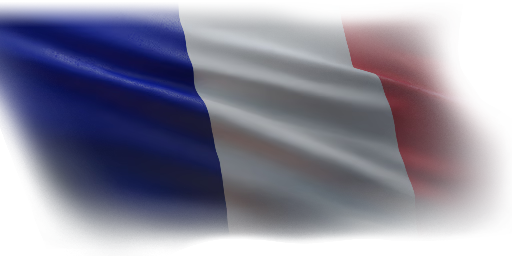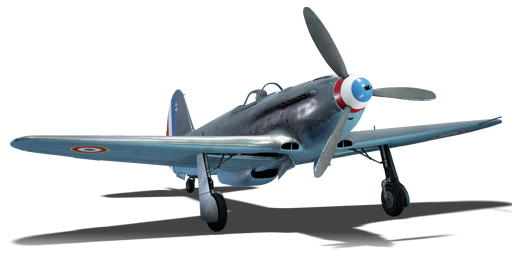



Normandie-Nieman was a Free French Air Force squadron that was created in 1942 and is quite famous. After Operation Barbarossa started, Soviet officials wanted their diplomats in France to return to the Soviet Union. This, along with Charles de Gaulle's ambition for French pilots to serve on all fronts of the war, led to the squadron also serving on the Eastern Front. The squadron arrived at Ivanovo Air Base in November 1942 and was trained with several Yak variants. Over the years, the squadron grew its kill tally to an impressive 200+ kills claimed. Nearing the end of the war, the squadron's main fighter was the Yak-3, which would also be used after the war. However, due to the lack of spare parts, many French Yak-3s were cannibalized to keep others airworthy until the situation was untenable. Soon after, they were retired, with one surviving in an airport to this day. The squadron still lives as well and now flies Dassault Rafales.
The Yak-3 (France) was introduced as a premium fighter during Update 1.77 "Advancing Storm". The Yak-3 is an incredibly dangerous aircraft with its excellent performance, handling, and guns. Like many Yakovlev fighters, the Yak-3 is no exception to being able to manoeuvre well. It has very good manoeuvring energy retention, and the climb rate is also quite high at over 21 m/s. However, Soviet fighters were typically suited for low altitude, and the Yak-3 drops off in power at 5,000 metres and above (16,200 feet). Furthermore, since the Yak-3 is made out of wood, it has a low structural limit of 685 km/h (425 mph), so players need to be extra careful when going into dives. The Yak-3 is an excellent fighter for players to learn energy fighting and basic dogfighting tactics.
flaps
flaps
flaps
brake
| Belt | Belt filling | Armor penetration (mm) at a distance: | |||||
|---|---|---|---|---|---|---|---|
| 10 m | 100 m | 500 m | 1000 m | 1500 m | 2000 m | ||
| FI-T/AP-I | 28 | 24 | 14 | 7 | 4 | 2 | |
| FI-T/HEF/AP-I/FI-T | 28 | 24 | 14 | 7 | 4 | 2 | |
| HEF/FI-T/AP-I | 28 | 24 | 14 | 7 | 4 | 2 | |
| FI-T | 4 | 4 | 4 | 4 | 4 | 4 | |
| AP-I/FI-T/AP-I/AP-I | 28 | 24 | 14 | 7 | 4 | 2 | |
| AP-I/HEF/HEF/FI | 28 | 24 | 14 | 7 | 4 | 2 | |
| Belt | Belt filling | Armor penetration (mm) at a distance: | |||||
|---|---|---|---|---|---|---|---|
| 10 m | 100 m | 500 m | 1000 m | 1500 m | 2000 m | ||
| T/AP/AP/IAI | 32 | 30 | 22 | 15 | 11 | 7 | |
| AP-I/API-T/IAI/IAI | 29 | 27 | 20 | 13 | 9 | 6 | |
| API-T/AP-I/AP-I/IAI | 29 | 27 | 20 | 13 | 9 | 6 | |
| AP-I(c)/AP-I/AP-I/API-T/IAI | 34 | 32 | 24 | 17 | 12 | 8 | |
| API-T | 29 | 27 | 20 | 13 | 9 | 6 | |
| AP-I/AP-I/IAI | 29 | 27 | 20 | 14 | 9 | 6 | |







 2 x (65 / 220 / 340) %
2 x (65 / 220 / 340) % 
 2 x 148 %
2 x 148 % 

Flight performance | |
|---|---|
Survivability |
|---|
Weaponry |
|---|